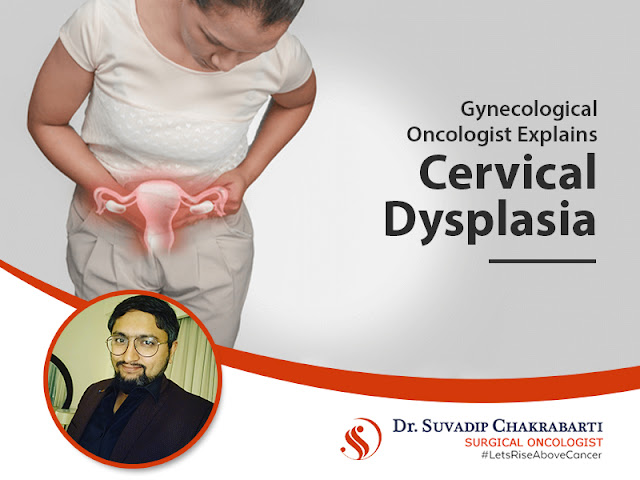What is cervical dysplasia?
When the healthy cells on the cervix undergo some abnormal changes, it is called cervical dysplasia. The cervix is the lower part of the uterus that connects to the vagina, which dilates during childbirth to allow the fetus to pass through. Abnormal cells that occur in the condition are not always cancerous but can develop into cancer if left untreated, says the best gynae oncologist in Kolkata.
What causes cervical dysplasia?
A typical virus called human papillomavirus (HPV) causes cervical dysplasia. It is a sexually transmitted virus that has numerous strains.
What are the risk factors for cervical dysplasia?
There are many risk factors for cervical dysplasia, some of which link directly to the risk of HPV. The risk factors include:
Having a condition that suppresses the immune system
Being on immunosuppressant medications
Having numerous sexual partners
Giving birth before the age of 16
Having sex before the age of 18
Smoking cigarettes
Having sex with an uncircumcised man
Having a partner who has had several sex partners
According to the gynae cancer doctor in Kolkata, if you’re sexually active, a condom might reduce your risk of getting HPV, but the virus can still live on the skin covering the genitals not shielded by the condom.
Can cervical dysplasia be prevented?
You can do several things to lower your risk of getting HPV and cervical dysplasia:
Use a condom or other protection when having sex
Consider getting the HPV vaccine if you are between 11 and 26
Avoid smoking cigarettes
Have sex after the age of 18
You should talk to your doctor about your sexual activities and steps that you can take to lower your risk of cervical dysplasia, says the gynaecological oncologist in Kolkata.

0 Comments
Post a Comment